Introduction of the Yamaha HiFi Player.
Our debut product demonstrated sure sound and durability, finding a home in broadcast studios and elsewhere. Functional styling by the fledgling GK Design Group added to its value.
1954
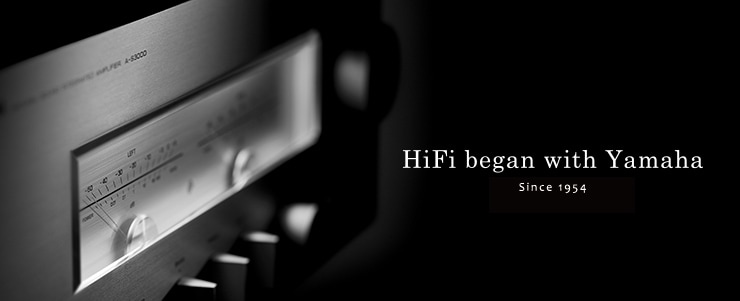
It has been 70 years since the Yamaha HiFi Player, the world’s first audio component bearing the “HiFi" name, was released. As a comprehensive musical instrument maker, as a materials and semiconductor manufacturer, and as experts in architectural acoustics and music promotion, Yamaha has always applied its accumulated technology base and experience to the task of producing ever improving audio equipment. In this section we will present the representative products and technologies that formed the sound of each era of Yamaha’s history of innovation from the birth of the Yamaha HiFi player in 1954 to the present.
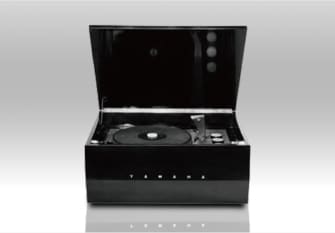
Our debut product demonstrated sure sound and durability, finding a home in broadcast studios and elsewhere. Functional styling by the fledgling GK Design Group added to its value.
1954
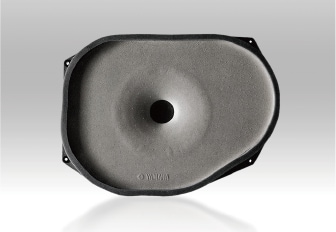
A JA5002 woofer unit was used in the first Natural Sound speaker, the NS-20. The design attempted to incorporate the principles of the grand piano soundboard to produce a greater sound dispersion.
1958
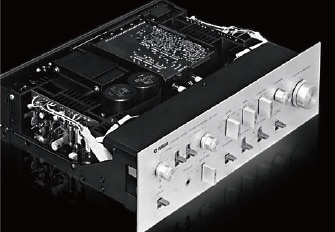
While it had excellent sound quality, the low efficiency of the power amplifier unit made commercialization difficult. This problem was resolved by making pure Class A operation switchable with general Class B operation. The difference in sound could now be compared with ease.
1973
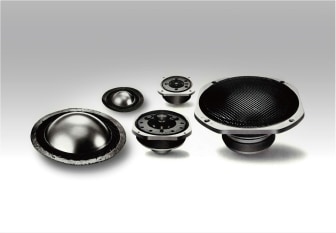
By applying an original vacuum deposition method used in the LSI manufacturing process, the difficulty of manufacturing the ideal beryllium material was overcome to enable completion of the beryllium diaphragm used in the NS-1000M and other products.
1974
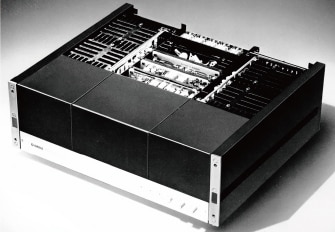
The world’s first practical application of the SIT (V-FET), ideal for audio with operating characteristics that overcame the sound quality flaws of the transistor. It was used in the B-1.
1974
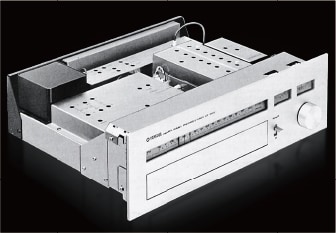
Yamaha earned top-class ratings even for tuners demanding high frequency technology. The CT-7000, completed within four years of the development of a dedicated measuring instrument, was its symbol.
1975
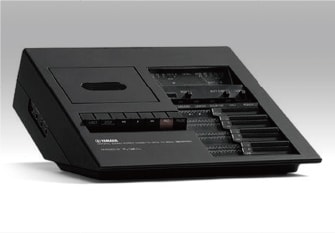
The cassette deck market in this era was divided into two parts, portable and stationary. Yamaha sought to integrate the two by hiring the world-class industrial designer Mario Bellini.
1976
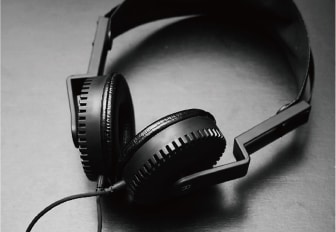
Our unique orthodynamic headphones featured a voice coil embedded in the diaphragm. Following the style of the TC-800GL, the light and efficient design by Mario Bellini cut down on waste.
1976
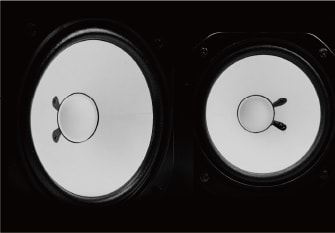
An orthodox 2-way with a 16cm white paper cone woofer and 3.5cm soft dome tweeter. Long-loved for its exquisite total balance.
1978
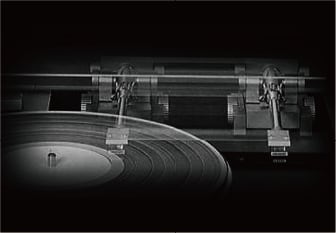
Development of the electronic control linear system reduced the previously inevitable tracking error of the record to zero and achieved high sensitivity even in a short arm of low mass.
1978
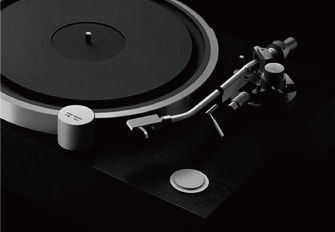
Release of the GT-2000 record player, embodying the GT (Gigantic & Tremendous) concept of achieving high rigidity and resonance-free play through absolute mass.
1982
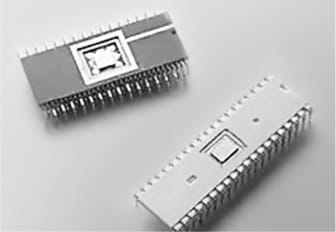
The original LSI, which took the formerly complicated CD player and collected the control system and signal processing system circuits into just two groups. Widely supplied to other makers, it significantly contributed to the spread of the CD.
1983

The addition of four processing speakers to the existing stereo speaker arrangement enhanced the realism of live music. The predecessor of multi-channel playback.
* Digital Sound field Processing
1986
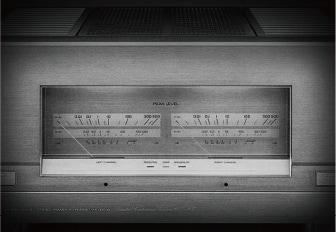
A monumental series lineup including digital processing control amplifiers and superior phono EQ to meet the demands of all media, past, present and future.
1987
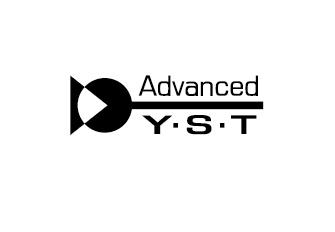
The development of the Air Woofer, using the air within the cabinet as a diaphragm, allowed practical use of the AST* method. Sold as a set of two speakers with dedicated amplifier.
* Now called YST (Yamaha Active Servo Technology)
1988
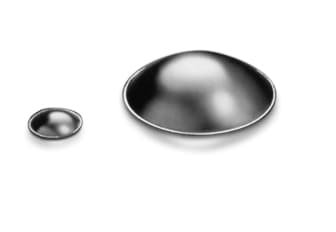
The beryllium diaphragm that took the world by storm continued to evolve, adding gold evaporation to the high density, high purity casting beryllium diaphragm to produce ideal tone. Used on the GF-1.
1991